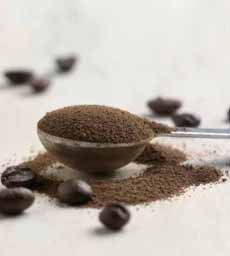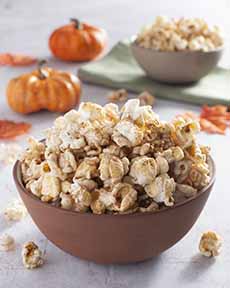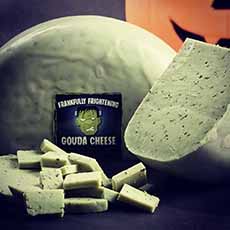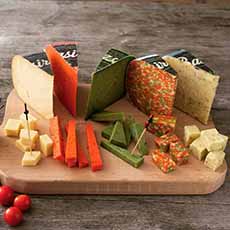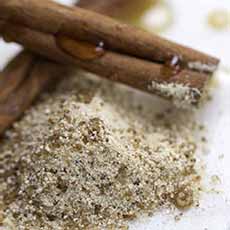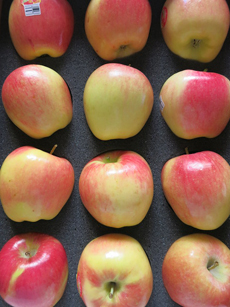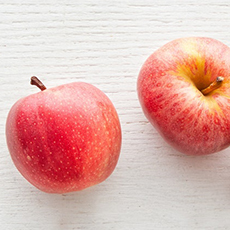|
Minds may be wandering to Halloween candy at this time of year, but we’ve found our favorite treat: a box of chocolates from North South Confections.
These are not your typical box of artisan chocolates; but rather, the best combination of fruit, caramel and chocolate we’ve ever tasted.
Chocolatier Justine Pringle starts with 100% fresh fruit pureés, caramelizes them, and then infuses them with either white or milk chocolate. They are then enrobed in 70% cacao dark chocolate.
The results are spectacular.
The company’s first collection is called Fruits Both Familiar and Curious. It is $52 for 12 pieces, and worth every cent.
So treat yourself. The gift box alone is a gorgeous keeper.
After we consumed the first box, we couldn’t wait to order more.
AN AWARD WINNING CHOCOLATIER
These chocolate tastes of heaven are the creation of Justine Pringle, a Danish-South African chocolatier who now lives in New York City.
Justine has been named one of the “Top Ten Chocolatiers in North America” by Dessert Professional Magazine.
Prior to starting North South Confections she created the award-winning Nunu Chocolates, which was named “Top Ten Chocolates” by New York Magazine and one of Bon Appetit’s “Best Chocolates in America.” It was also a named a Top Pick Of The Week by THE NIBBLE.
Needless to say, Justine has a great chocolate pedigree. Growing up in Copenhagen, Johannesburg, and Geneva (where she ate chocolate every single day, she wants you to know), she has a cultured palate that’s reflected in the variety of flavors she selects.
THE NORTH SOUTH CONFECTIONS CHOCOLATES
The mix of both familiar and curious fruits include two pieces each of:
Coconut (“Well, Hello, Coco”)
Graviola (“My Dear Graviola”)
Lime (“Licentious Lime”)
Naranjilla (“The Real Colombian Gold”)
Passion Fruit (“Tawdry Tart”)
Strawberry (“Forget the Cake”)
What’s graviola? Also known as soursop or Brazilian paw paw, it’s the fruit of the Annona muricata evergreen tree. It’s the same genus as cherimoya (also known as the custard apple).
Native to the tropical regions of the Americas and the Caribbean, graviola has flavors of apple, banana, pineapple and strawberry.
Bonus: Graviola has many antioxidant and other healthful properties.
Naranjilla, a.k.a. naranjillo and the lulo fruit, is fondly called “the gold of the Andes.” Its flavor is reminiscent of a fusion of lime and rhubarb.
GET YOURS NOW
You deserve a box of these palate pleasers; and we wager that you’ll want another box as soon as you finish the first.
Head to North South Confections.
> KNOW YOUR CHOCOLATE: A GLOSSARY OF TYPES & TERMS
> THE HISTORY OF CHOCOLATE
|
|

[1] The photo doesn’t show how gorgeous the gift box is. The lid closes with a hidden magnet. We re-purposed our box to hold jewelry; but keepsakes, letters or anything precious are a natural fit (all photos © North South Confections).

[2] It’s hard to pick a favorite flavor among the six, but the edge goes to Passion Fruit.
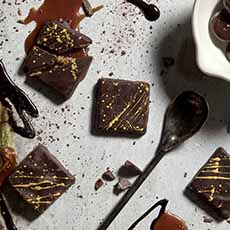
[3] The flavor called Naranjillo means “little orange,” but the fruit, fondly called “the gold of the Andes,” tastes like a fusion of lime and rhubarb.
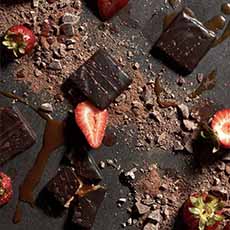
[4] Strawberry, a popular fruit, is even more splendid when caramelized and mixed with chocolate.
|





